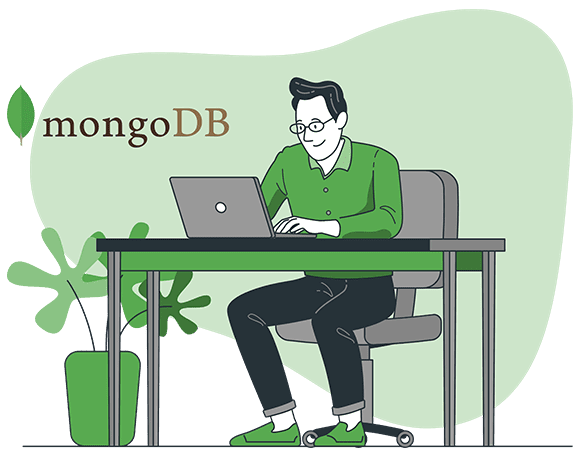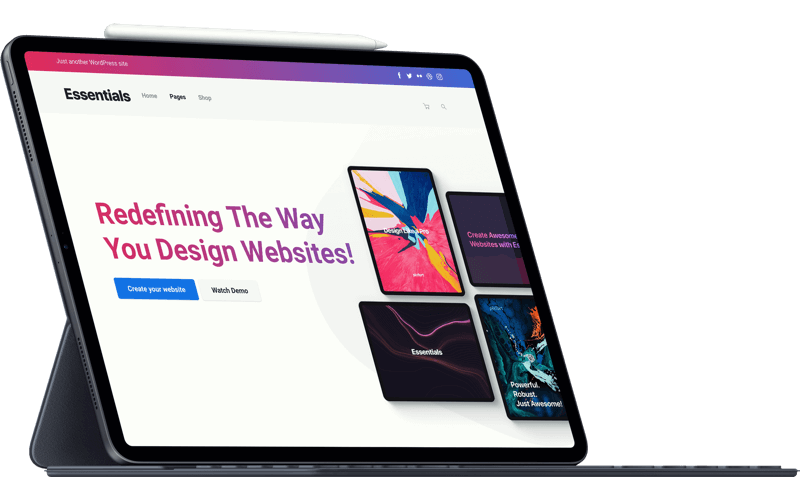Cloud computing: What is it?
The on-demand, pay-as-you-go delivery of IT resources through the Internet is known as cloud computing. You can use technological services, such as computing power, storage, and databases on an as-needed basis from a cloud provider like Amazon Web Services rather than purchasing, operating, and maintaining physical data centres and servers (AWS).


Who makes use of the cloud?
A wide range of use cases, including data backup, disaster recovery, email, virtual desktops, software development and testing, big data analytics, and customer-facing web apps, are being used by businesses of every size, type, and sector. For instance, healthcare organisations are utilising the cloud to provide more patient-specific treatments.
Investigate the Possibilities
Examine a few strategies to increase your application's functionality.
Code for Infrastructure
Use well-known programming languages to define your infrastructure.
Continuous Supply
Build, integrate, and deliver continuously using an end-to-end pipeline.
Observation & Logging
Observability for your AWS applications and resources.
Link Your Data
To store your data, pick the appropriate database.
Services for AI & ML
Add AI and ML services to your application.
Container Architecture Guidelines
View recommended techniques for setting up and maintaining your containers on AWS.
Scale for applications in HPC
Access the infrastructure and capacity you require on demand to run HPC applications more quickly and affordably.
Rated 4.9 of 5
OUR VISITORS

I am a web designer, you guys are very inspiring. I wish to see more work from you, maybe more freebies. Using pixfort products made my life a lot easier!
Carla Megan
via pixfort.com
I am a web designer, you guys are very inspiring. I wish to see more work from you, maybe more freebies. Using pixfort products made my life a lot easier!
Sara Smith
via pixfort.com
I am a web designer, you guys are very inspiring. I wish to see more work from you, maybe more freebies. Using pixfort products made my life a lot easier!
Marc Antoine
via pixfort.com
I am a web designer, you guys are very inspiring. I wish to see more work from you, maybe more freebies. Using pixfort products made my life a lot easier!
Lili
via pixfort.com
I am a web designer, you guys are very inspiring. I wish to see more work from you, maybe more freebies. Using pixfort products made my life a lot easier!
Tommy haffman
via google.comCreate for the Apple platform
On-demand macOS workloads can be built, tested, and signed. Use AWS's pay-as-you-go pricing, access environments in minutes, and flexibly expand capacity as required.
APP
Consulting Services from AWS
We comprehend your needs and offer technical advice on every facet of cloud creation, deployment, migration, and optimization. To help you while lowering resource demand and keeping high performance of your AWS environment, our AWS consultants employ practical solutions.


WEB
Create for the Apple platform
On-demand macOS workloads can be built, tested, and signed. Use AWS's pay-as-you-go pricing, access environments in minutes, and flexibly expand capacity as required.
Cloud computing types
You can choose the appropriate collection of services for your needs by taking advantage of the various levels of control, flexibility, and management offered by each form of cloud computing.
Technology as a Service (IaaS)
The fundamental building elements of cloud IT are present in IaaS. Access to networking capabilities, computers (virtual or on dedicated hardware), and data storage capacity are frequently provided. The greatest degree of flexibility and administrative control over your IT resources is provided by IaaS.
Databases
Depending on your use case and access patterns, pick the appropriate database.
User-facing computing
Create structures to assist you in adjusting to the shifting demands of your employees.
Cost reduction
Discover how to continually reduce your costs.
Computing and HPC
Learn to create, distribute, operate, and scale your applications.
Containers
Discover the most scalable, safe, and secure way to operate containers.
Software as a Platform (PaaS)
With PaaS, you can concentrate on the deployment and management of your apps or any other undifferentiated heavy lifting needed in running your application without having to worry about managing the underlying infrastructure (often hardware and operating systems).
Service-based software (SaaS)
You can get a full product through SaaS that is operated and controlled by the service provider. Most often, when individuals mention SaaS, they’re talking about end-user applications (such as web-based email).
Data analytics and big
Create data processing architectures that are safe, dependable, and economical.
Numerous AWS Development Services
Media Services by AWS
Support & Maintenance for AWS
Cloud computing and secure storage from AWS
Database Management Services by AWS
App Management for AWS









